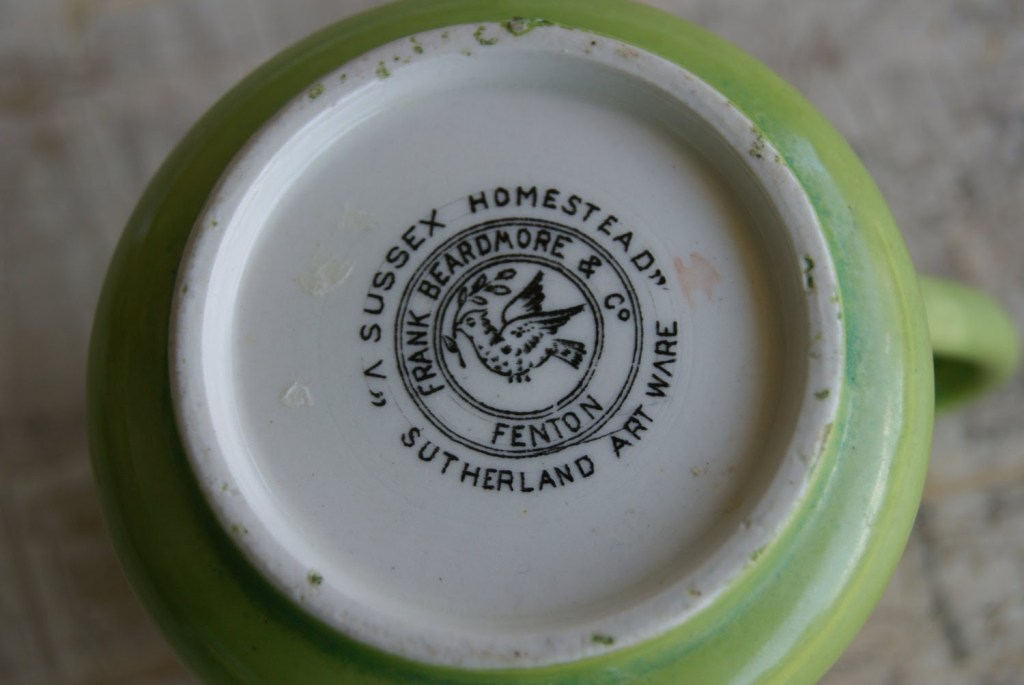When you jump into the world of antiques and collectibles you will see a wide range of pottery that’s on the market. It could be transferware, stoneware or even art pottery—you really never know what you could run across!
What are some of the different types of pottery that you will find?
Ironstone—this is a type of pottery that made its debut in the UK in the early 1800’s. It is similar to fine stoneware and was developed by potters in Staffordshire England as a cheaper alternative for porcelain.
Agateware—this is a type of pottery that is decorated with a combination of clays that have contrasting colors. The name of this type of pottery comes from the agate stone which has different colored layers in it.
Raku Ware—this is a type of Japanese pottery that is traditionally in Japanese tea ceremonies. The pieces are fairly porous vesels that are a result from low firing temperatures and lead glazes. The traditional process sees the fired piece removed from the hot kiln and allowed to cool in the open air.
This is a small portion of the different types of pottery that you will find on the market. What types have you run across?













